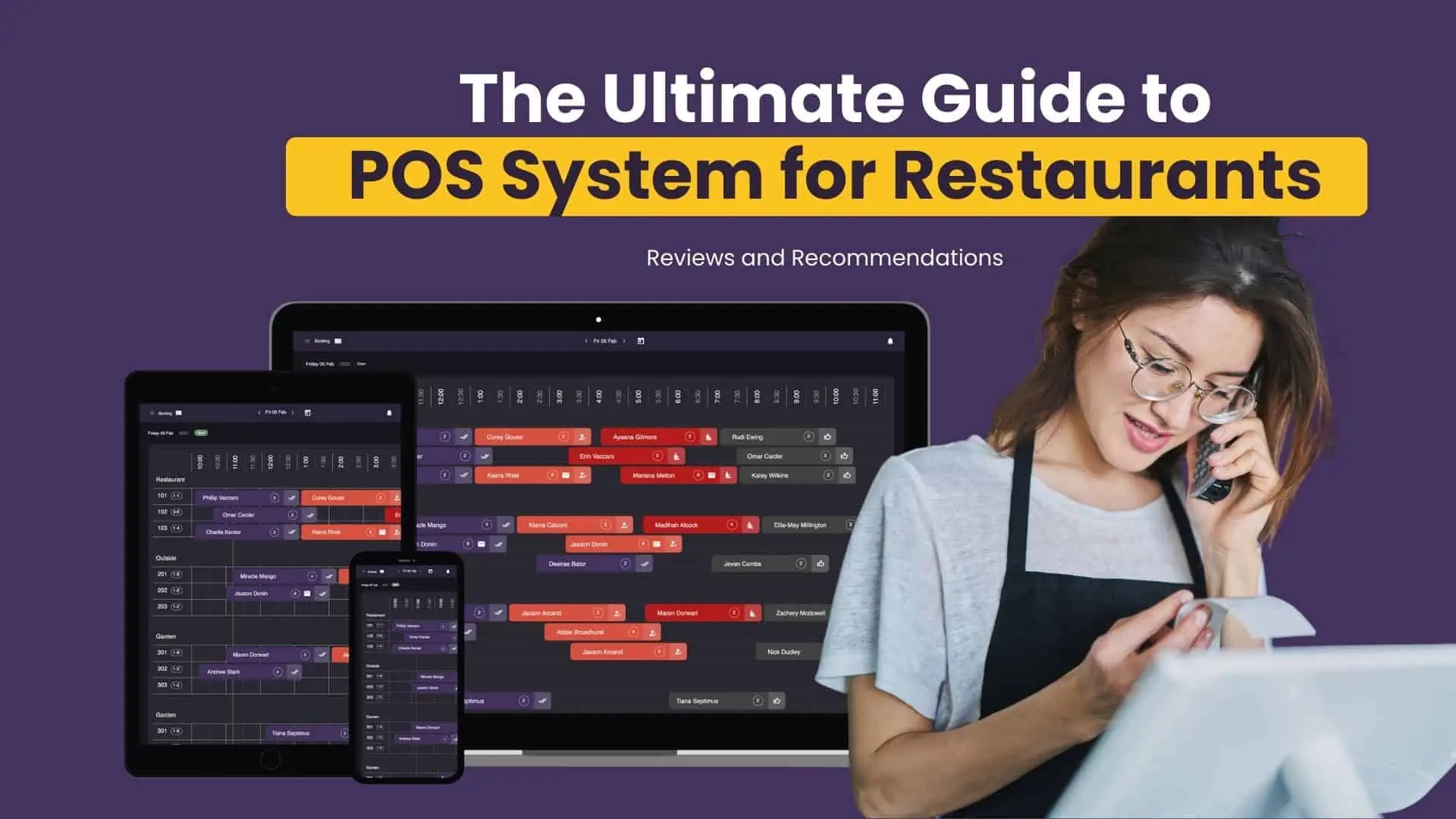
What is a POS system for a restaurant?
Definition of a POS System and its significance in the restaurant industry
A Point of Sale (POS) system is more than a fancy cash register. It’s the backbone of your restaurant’s operations, serving as the central hub where everything—like sales, inventory, and customer management—merges.
In today’s fiercely competitive restaurant industry, standing out is more crucial than ever. That’s where a modern POS system comes into play, serving as your ultimate tool for success. Think of it as more than just a point-of-sale system; it’s your strategic partner in streamlining restaurant operations and 🚀 skyrocketing customer experience.
From accelerating table turnovers to offering personalized customer interactions that generate glowing reviews, a cutting-edge restaurant system is the game-changer you need to not just survive, but thrive.
👉 Read more about the comparison of CRM restaurant systems here.
Benefits of Using a POS System for Restaurants
- Efficient checkout process: Speed up the transaction process and reduce human errors.
- Inventory management: Keep track of what’s in stock and what needs reordering.
- Data analytics: Make data-driven business decisions based on real-time sales and inventory data.
- Improve customer experience: Offer loyalty programs, gift cards, and personalized experiences.
- Online booking integration: With platforms like resos.com, you can easily manage online bookings directly through your POS, offering a seamless experience for both you and your customers.
Understanding different types of POS systems
Overview of Different Types of POS Systems for Restaurants
There are mainly three types of POS systems you can consider:
- Traditional POS systems: These are the legacy systems that have been around for years, often bulky and expensive.
- Cloud-based POS systems: These are hosted on the cloud, allowing for real-time data analytics and remote management.
- Mobile POS systems: Operate on mobile devices like tablets and smartphones, offering flexibility and mobility.
Cloud-based vs. traditional POS systems
Cloud-based systems offer the advantage of real-time data analytics and are generally more affordable. Traditional systems, while reliable, lack the flexibility and real-time capabilities of their modern counterparts.
Mobile POS solutions and their advantages
Mobile POS systems offer the utmost flexibility. Servers can take orders directly at the table, speeding up the service and improving server productivity.
Key features to consider in a restaurant POS system
Inventory management and tracking capabilities
A good POS system should offer robust inventory management features. This includes tracking stock levels and providing alerts when it’s time to reorder.
Integrated payment processing and credit card acceptance
Your POS should seamlessly integrate with various payment gateways and accept multiple forms of payment, including credit cards and mobile payments.
Table management and reservation features
Look for a POS system that offers table management features, including reservations, table assignment, and waitlist management.

Menu management and customization options
The ability to easily update and customize your menu, including seasonal items or daily specials, is crucial.
👉 Read more about how to customize your booking system design here.
Reporting and analytics functionalities
Your POS should offer comprehensive reporting features, including sales trends, employee performance, and customer preferences.
Factors to consider when choosing a restaurant POS system
Cost and pricing models
The cost of a POS system can vary widely. Make sure to consider both the upfront costs and ongoing fees.
Hardware requirements and compatibility
Ensure that the POS system you choose is compatible with the hardware you either already have or plan to purchase.
Customer support and training options
Good customer support can be a lifesaver, especially during peak times. Make sure your provider offers robust support and training options. For instance, resOS stands out for exceptional customer service. Whether you’re facing a technical issue or need guidance on maximizing the system’s capabilities, our team is always ready to assist.
If you’re interested in a POS system with integrated online booking features, consider partnering with resOS. While resOS is not a POS system itself, it seamlessly integrates with many POS systems through Zapier or its API. You can either register for the free booking system here or reach out for personalized support at [email protected]. With resOS, you’re not just signing up for a service; you’re investing in a partnership that prioritizes your restaurant’s success.

Scalability and future growth considerations
Your POS system should be able to grow with your business. Look for systems that offer easy scalability.
Integration with other software and platforms
The ability to integrate with other systems, like accounting software or an email marketing service, can make your operations much more efficient.
Popular POS systems for restaurants: reviews and recommendations
- Toast: Best for full-service restaurants. It offers robust features and is priced moderately.
- Square: Ideal for small eateries and food trucks. Known for its ease of use.
- Clover: Offers a range of hardware and software options, suitable for all types of restaurants.
Choose resOS for seamless online bookings, reservation management, table assignments, and customer communication. The comprehensive solution for your restaurant’s needs.
Implementation and best practices for using a restaurant POS system
Steps to successfully implement a POS system in a restaurant
- Planning: Identify your specific needs and budget.
- Installation: Work with the vendor for a smooth installation process.
- Training: Train your staff thoroughly to make the most out of your new system.
Tips for maximizing the benefits of a POS system
- Regularly update the system
- Make use of all the features available
- Regularly review analytics and reports
Troubleshooting common issues and challenges
- System crashes
- Payment gateway issues
- Hardware malfunctions
Picking the right POS system can make or break your restaurant business. From streamlining operations to enhancing customer experience, the benefits are numerous. Make sure to consider all the factors outlined in this guide to make an informed decision.



